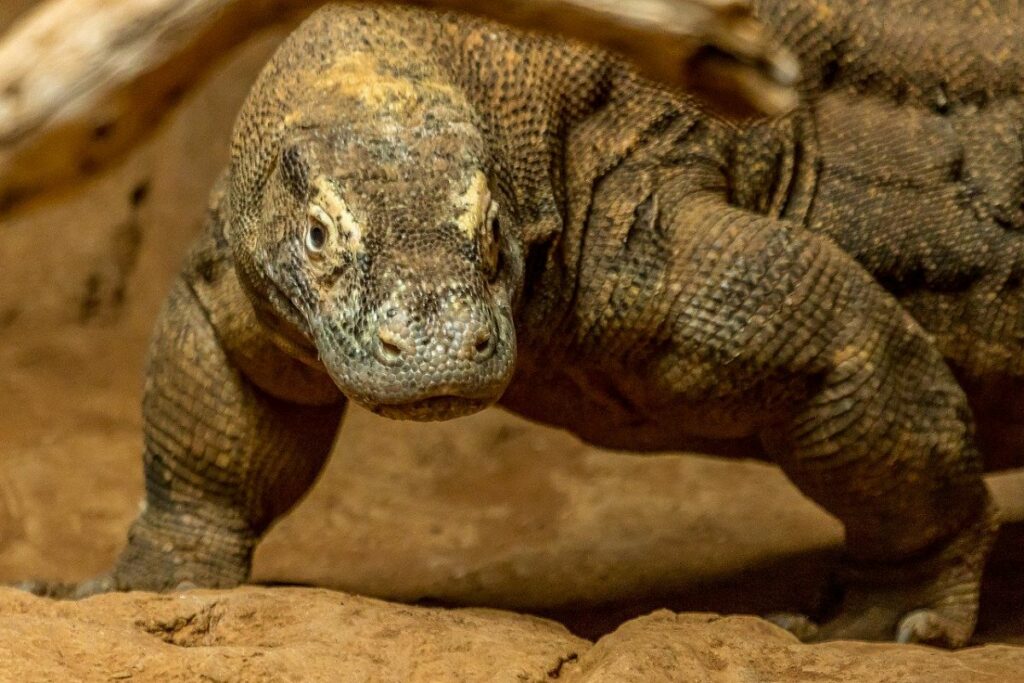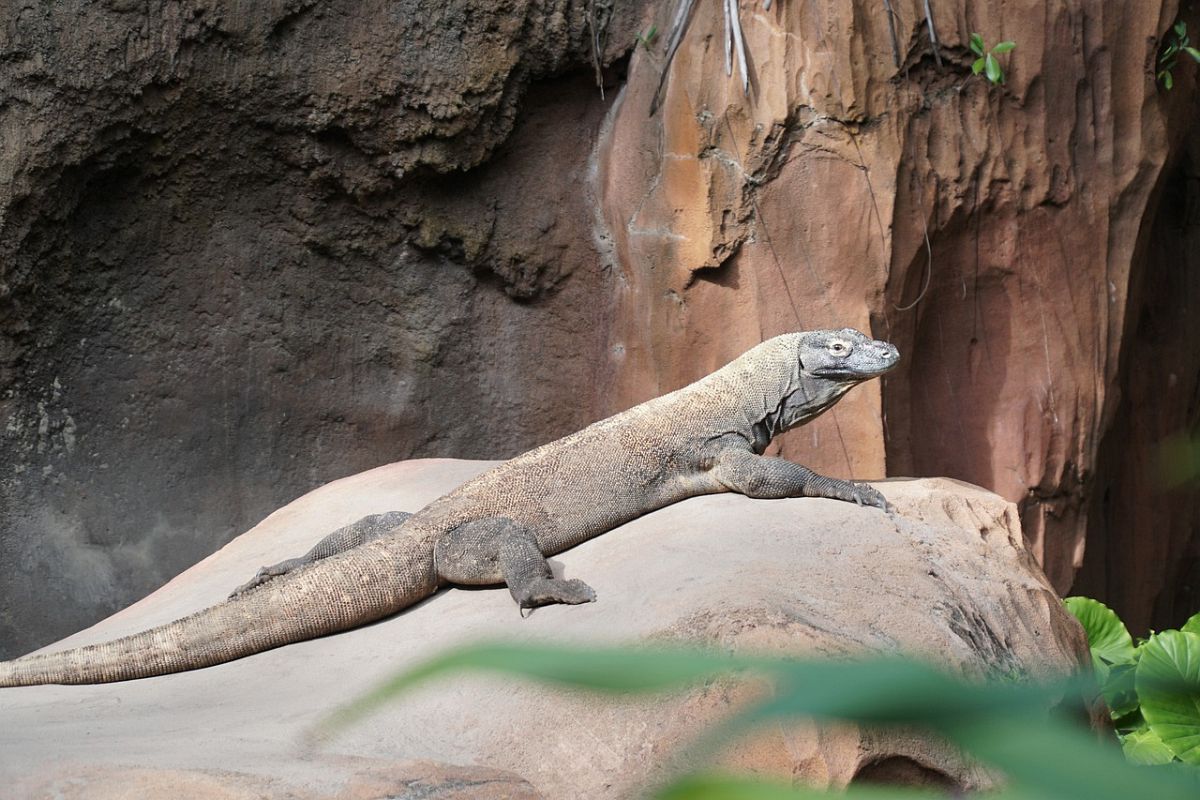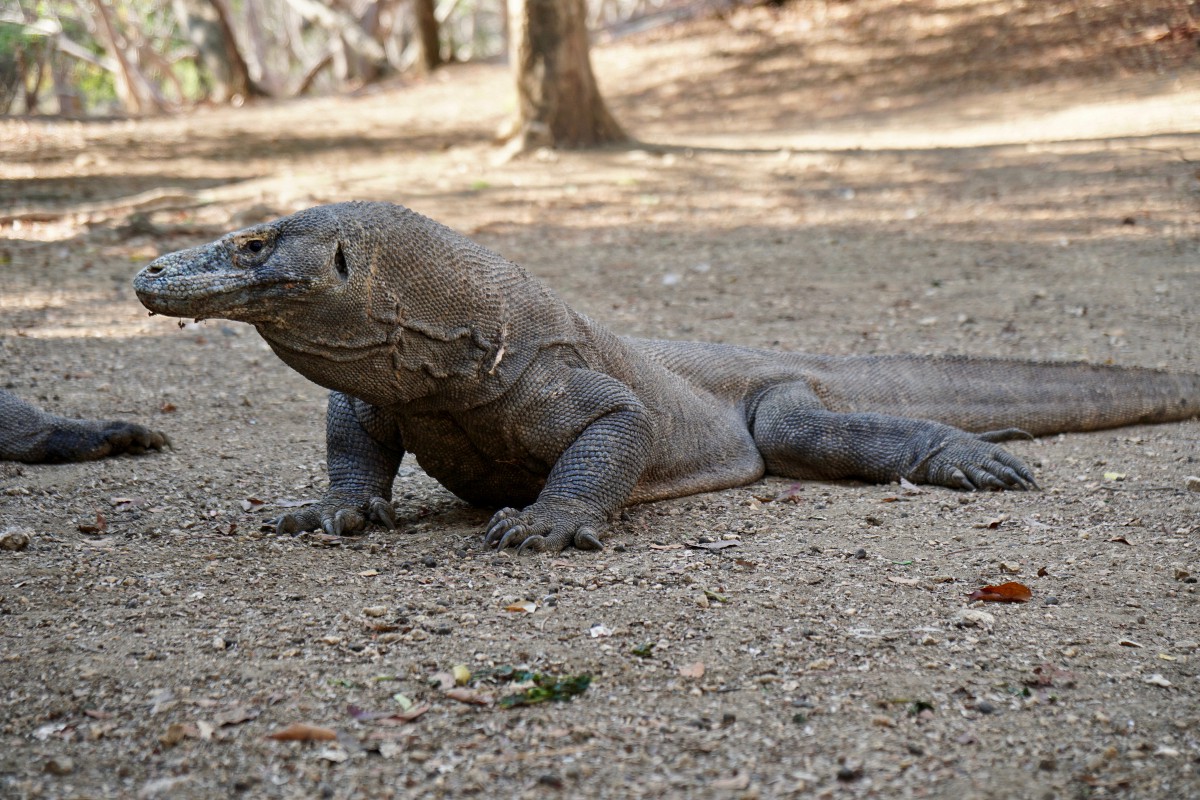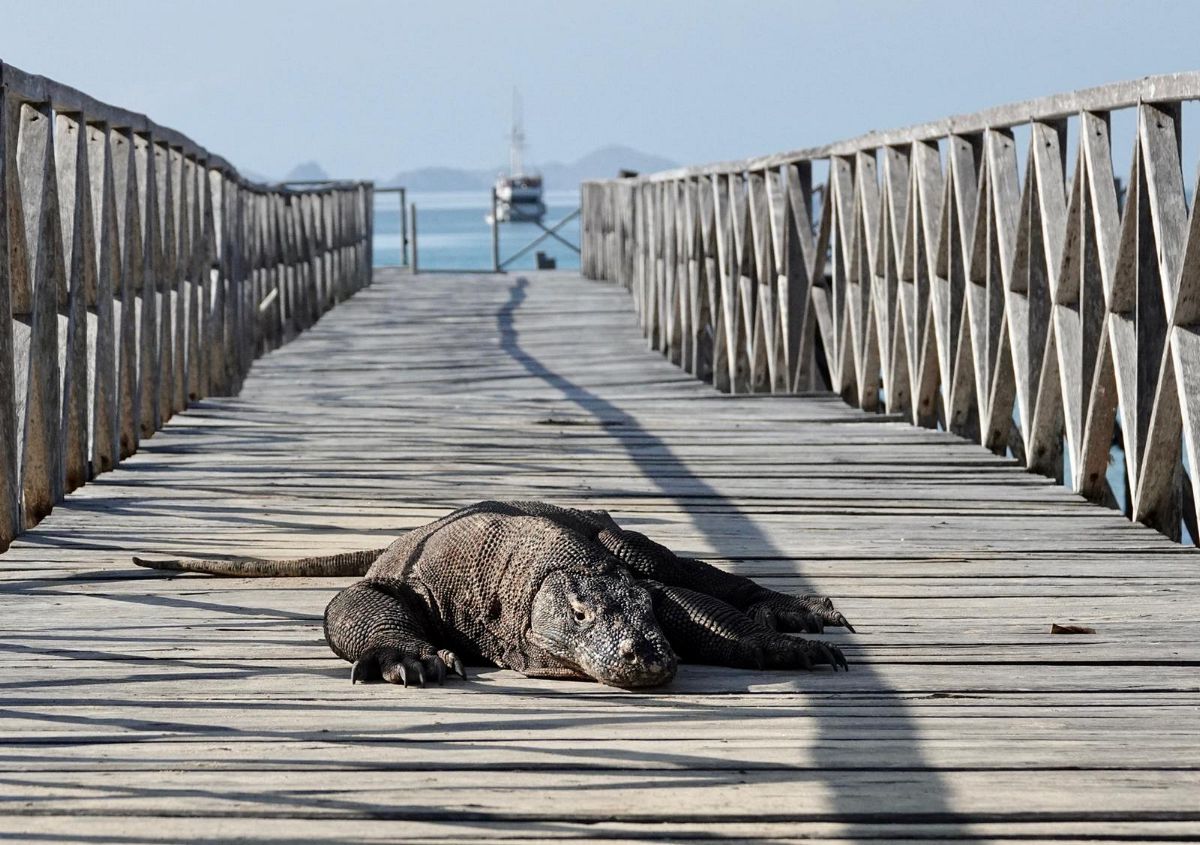The Komodo National Park is world renowned for the excellent quality and variety of diving and it plays a huge role in Emperor Divers Indonesian itineraries.
The waters teem with a diversity of marine life that make the region a bucket-list destination for divers the world over.
However, among all the flora and fauna, there is one creature which continues to capture the imagination as much, if not more, than any other. The Komodo dragon.
The world’s largest lizard, this imposing creature has both intrigued and terrified for generations. Its significant cultural and historical presence in Indonesia means it is not just seen as a formidable predator but also as a symbol of power and resilience. Many local myths and legends surround this creature, adding to its aura of mystery.
Descendants of ancient monitor lizards, they have thrived on the Indonesian islands for millions of years. Their ancestors walked the Earth alongside dinosaurs, and they carry with them an air of primordial mystery that continues to captivate scientists and nature enthusiasts alike.
The natural habitat of the Komodo dragon is limited to a few islands: Komodo, Rinca, Flores, and Gili Motang. These arid, rocky terrains are perfectly suited for the dragons, providing both ample prey and a warm climate. Due to their limited habitat range, these creatures are classified as vulnerable by the International Union for Conservation of Nature (IUCN).
The decreasing habitat and human encroachments have led to a decline in Komodo dragon populations. The Indonesian government has taken significant steps to protect these majestic creatures. The Komodo National Park, established in 1980, aims at conserving the habitat and promoting eco-tourism – something we wholeheartedly support and do our best to encourage at Emperor Divers.
If it is the link to ancient history that provides the Komodo dragon with its aura, it is its physical presence that impresses.
They can measure around 10 feet in length (3m) and weigh up to 150 pounds (70kg), therefore dwarfing all other lizard species. Its rough scales remind us of its family heritage, its long, forked tongue is used for tasting and smelling, while its sharp, serrated teeth can tear through flesh with ease.
However, despite their appearance and reputation, the dragons feed primarily on carrion – animals that are already dead. But they are skilled hunters and will prey on everything from birds to large mammals like deer. They use a combination of stealth and power, ambushing their prey from behind and delivering a deadly bite filled with venomous saliva. The prey, once bitten, usually succumbs to blood loss or infection.
On a scientific level, the dragons are also intriguing. They have a unique reproductive system which sees the females capable of both sexual and asexual reproduction. In the absence of a suitable mate, a female can produce offspring through parthenogenesis, a process where the embryos develop without fertilization.
Once born, the young dragons are agile climbers, spending their initial years in trees to avoid predators, including adult dragons!
Why not join us and see these amazing creatures for yourself? Take a look at our Komodo National Park, Lombok, Sumbawa & Komodo and Komodo & North Flores itineraries and visit this magical part of the world.




